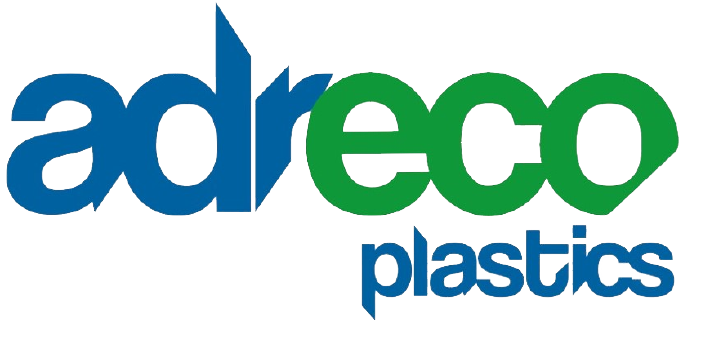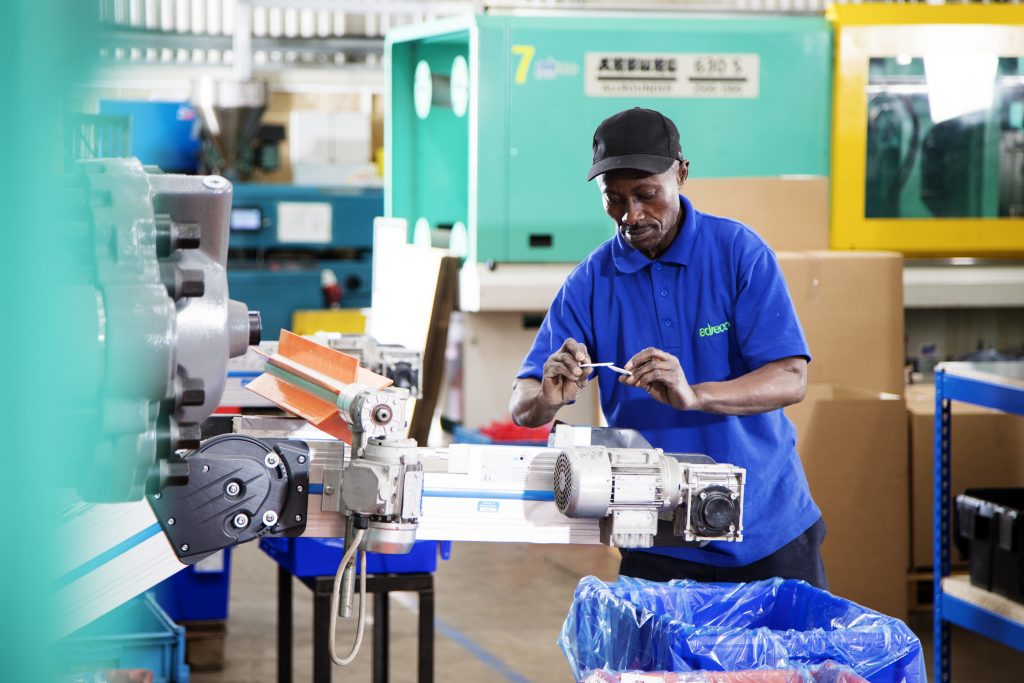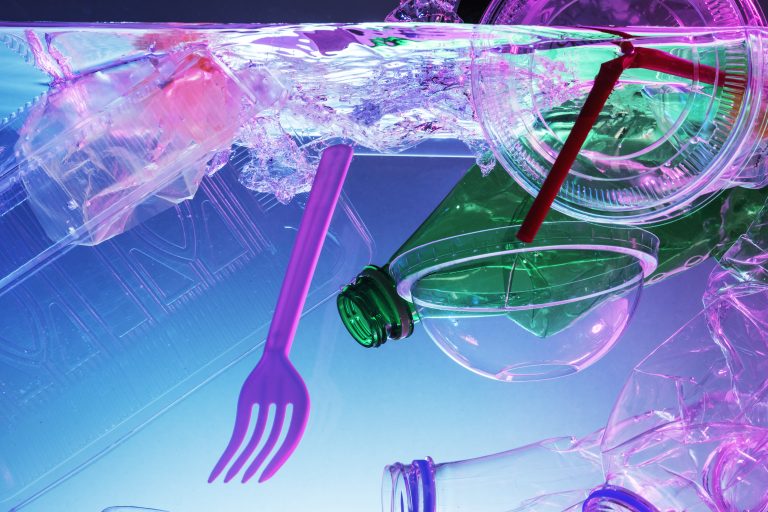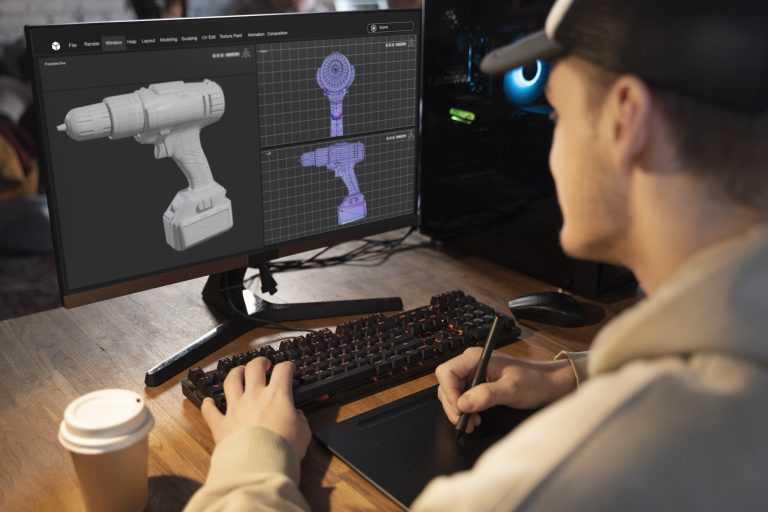Extrusion moulding is used to form plastic or metal materials into a pre-defined shape. During the process, the material is melted and pushed through an extrusion moulding machine, forming a long, tube-like shape or rod. This is cooled and cut to the required length. Often, extrusion moulding plastic products created in this way are used for wiring or insulating applications.
The products’ cross-sections show uniformity throughout the length of the tubing, which is highly prized for numerous projects. Extrude plastics can also be formed into other tubular products, such as drinking straws. The plastic can also be shaped into thin sheeting or films by being flattened out by a set of cooling rolls.
The plastic extrusion process
The plastic extrusion process is commonly used for projects requiring high-volume, continuous manufacturing. It begins with plastic polymer pellets being fed into the main barrel of the extrusion moulding machine from a hopper. Here, the pellets or granules melt gradually as the plastic is put through a heater, pushed along by rotating screws. The heat is created by the barrel’s heating profile, as well as added friction and pressure inside.
What is the difference between the injection moulding and extrusion moulding process?
The main difference between the injection moulding process and plastics extrusion moulding is in how the finished shape is formed. In the case of the former, the plastics melt into a liquid and are formed into the required shape by means of a mould or specially shaped cavity. Extrusion moulding involves plastic material forming into a long tube by being continuously extruded from the machine and cooled into the required dimensions. The extruding machine’s die determines the shape and length of the finished component.
Another aspect of extrusion moulding vs injection moulding is that extrusion moulding machines are often used in plastic recycling projects. Once the plastic waste and raw products have been cleaned, sorted and blended, they are ready for reuse. This adds an element of sustainability to the process of extrusion moulding.
Extrusion moulding materials
There are several plastic polymers and products that can be used in the extrusion moulding process. These include, but are not limited to the following:
· Acetal
· Acrylic
· Acrylonitrile butadiene styrene (ABS)
· Nylon (polyamides)
· Polycarbonate (PC)
· Polyethylene (PE)
· Polystyrene
· Polyvinyl chloride (PVC)
These materials have excellent insulating properties, as well as recyclability and versatility to create the required shapes. They can withstand the heat and pressure of the extrusion moulding process and offer strong resistance to chemicals, corrosion and general wear and tear.
Applications of extrusion moulding
There are a large number of extrusion moulding products manufactured across different industries and sectors. For example, the process is ideal for making hollow pipes and tubing. These include PVC water and sewer pipes, which can have diameters of up to several feet. The medical industry, on the other hand, requires very, very small tubes for various diagnostic and surgical applications. Extrusion moulding can provide both of these ranges of diameters without compromising on performance. Other plastic extrusion moulding applications include drinking straws and fuel lines inside automotive engines. Another key application is wiring insulation for electrical wires and cables.
Extrusion molding can create very thin sheets and films from plastic. These are used in various industries. For instance, they’re used for things like window panels, protective covers for machines, materials that replace glass, and packaging such as plastic bottles for drinks or blister packs for medicines. It’s also good for making long shapes, like wiper blades for car windshields or vinyl signs and siding for buildings.
Advantages and disadvantages of extrusion moulding
Both plastic moulding processes have advantages and disadvantages. However, extrusion moulding offers such benefits as lower production costs due to excess plastic being able to be collected and reused. The products can be recycled due to the properties of the plastic polymers used, making the process more sustainable, cutting down on excess plastics use and reducing disposal costs. The process also allows for alterations to be made post-extrusion, as the plastic remains warm and malleable for longer.
Disadvantages include the fact that the plastic can swell when removed from the die, so allowances must be made for this and the possibility of distortion factored into initial calculations. The extrusion process, while able to produce products continuously, does have limits on the types of plastic components that can be made since it relies on the die to shape the final form rather than custom-made mould cavities.





